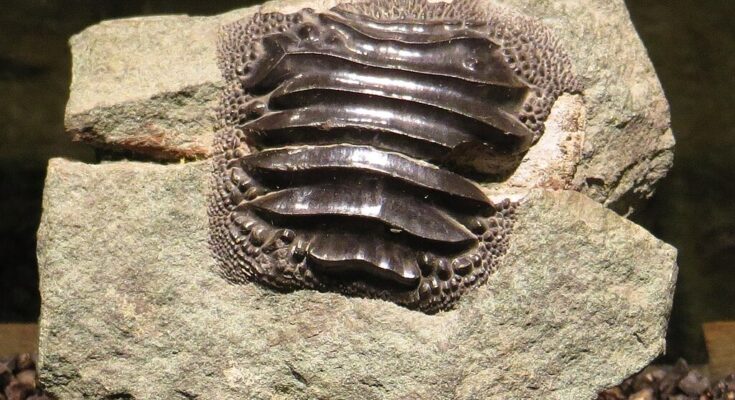A newly-discovered shark fossil found in limestone quarries in northeastern Mexico is shining a light on the appearance of an ancient and largely unknown predator.
In the Cretaceous Period, which began 145 million years ago and ended 66 million years ago, a genus of sharks swam the seas with rows of atypical teeth. Primarily large and flat, these teeth were not there to slice through prey, but rather to grind and crush shelled animals.
But, because the sharks’ occurrence in the fossil record has primarily been made up of isolated teeth, scientists have had no choice but to speculate on what the rest of this prehistoric creature looked like since its discovery in the 18th century.
Remains of the predator have now been unearthed in northeastern Mexico, which, after a long wait, is giving researchers a much better idea of the shark’s appearance. The remains include one fossil which exhibits almost all skeletal components and an outline of the specimen’s soft-tissue body.
The discovery also shows where the genus, known as Ptychodus, lies within the shark evolutionary tree, and other previously unknown characteristics of this “long-standing enigma,” according to a study published in April in the journal Proceedings of the Royal Society B: Biological Sciences.
“The finding of the skeletal remains in Mexico not only allow us to unite these teeth that have been searching for a long time for a skeleton, but also allow us as scientists to revise our previous hypotheses regarding its biology and relationships and see what we got right and what we got wrong,” study co-author Dr. Eduardo Villalobos Segura, an assistant professor in the department of paleontology at the University of Vienna, Austria, told CNN.
Experts also claim the shark fossil discovery gives insight into the evolutionary process behind sharks seen in our oceans today.
The majority of Ptychodus species existed between 100 and 80 million years ago, throughout the late Cretaceous period. The deposits which held the fossils – in Nuevo Leon near the municipality of Vallecillo – can be dated back to roughly 93.9 to 91.85 million years ago, Villalobos Segura told CNN.
Challenges With Shark Fossil Studies
As shark skeletons are formed from cartilage, they do not fossilize easily, which means archaeologists are left with solely teeth and very few skeletal remains to be discovered. However, it is understood that the Nuevo Leon fossils were deposited in stagnant conditions that would have given rise to an oxygen-deficient area, resulting in the preservation of the soft skeletons, Villalobos Segura told CNN.
For the study, the research team examined six fossils unearthed at the site, including the complete specimen. Three more fossils were also complete, and two were incomplete. Using these ancient remains, the archaeologists determined that Ptychodus belonged to the order of sharks known as Lamniformes, or mackerel sharks, which is the same group that the Megalodon and today’s great white shark belong to.



